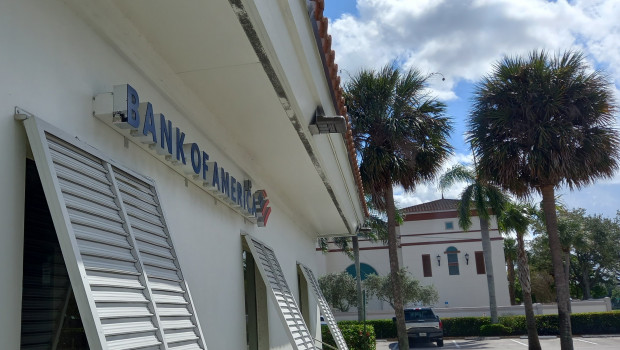BoA sees some 'good news' for those expecting a 'bear bounce' over next few weeks

ALPHABET-A
$196.11
12:00 24/12/24
Strategists at Bank of America saw signs of "good news" amid the carnage in crypto and in speculative technology for those investors holding out for a "bear bounce" during the following weeks.
Apple Inc.
$258.20
11:59 24/12/24
Dow Jones I.A.
43,297.03
04:30 15/10/20
Microsoft Corp.
$439.33
12:00 24/12/24
Nasdaq 100
21,797.65
09:15 24/12/24
But in terms of the "biggest picture", they noted that: "trading pattern of post-bubble assets always furious bear rallies amidst dead sideways trading range for couple of years."
Against the backdrop of Bitcoin's 38.2% implosion year-to-date, the strategy team led by Michael Hartnett recalled a USA Today headline from 12 August 2021: "Millenials are quitting jobs to become crypto day traders".
They also shed some light on the recent meltdown of crypto assets including COIN, which had fallen by 90% or Terra, which was down by 99%,.
Hartnett and his team attributed them to the "unwind" seen in the Nasdaq, low liquidity, pool migration and "whale attacks".
In turn, those had aggravated the Wall Street "fear and loathing", fear of venture capital "marks", "collapse" in private equity and "breakdown" in bank loans - together with the dumping of 'Big Tech'.
They also noted how the last of the "crowded trades", including being short the Japanese yen or long commodities were starting to unwind, even if the US dollar had yet to melt up into new territory.
The former, they noted, might be good news for "those expecting a bear bounce in the next few weeks."
They also pointed out the fact that the rally in bonds over the preceding week had yet to coincide with a rally in biotech or China credit, both of which had been early tells of the impending interest rate shock.
On the flip side, over a quarter of the MSCI stock benchmark's constituents were now changing hands on a forward price-to-earnings multiple of less than 10.
Finally, they noted how the past week had been the most 'risk-off' for investment grade, high-yield and emerging market debt outflows combined since April of 2020, to the tune of $19.3bn, while Treasuries had seen inflows of $11.5bn, the largest since June 2020.